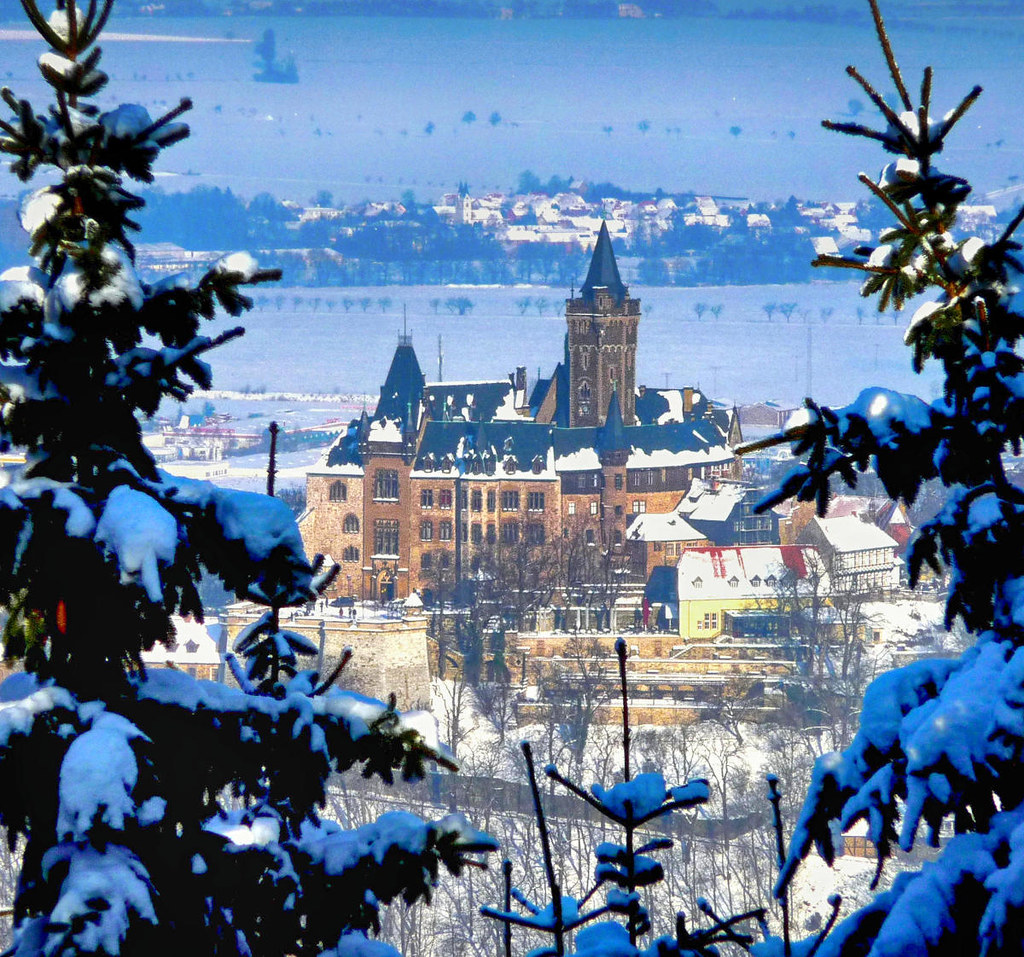Towering 300 ft above the town of Wernigerode in the Harz Mountains of Saxony-Anhalt, Germany, stands a romantic baroque castle that was once a medieval fortress.



Originally built as a Romanesque hunting lodge for 12th-century German counts, its tumultuous history included several rebuilds in completely new architectural styles.

Evolving from Romanesque, the Gothic style appeared during the 14th century and can be seen depicted in the large arched windows.


Strolling around the castle ramparts reveals stunning vistas over Wernigerode town.

Morphing into a Renaissance fortress in the 1500s, Wernigerode Castle was heavily damaged during the Thirty Years’ War of the 17th century.
One of the longest and most destructive conflicts in human history, the Thirty Years’ War was the deadliest European religious war, resulting in eight million fatalities.
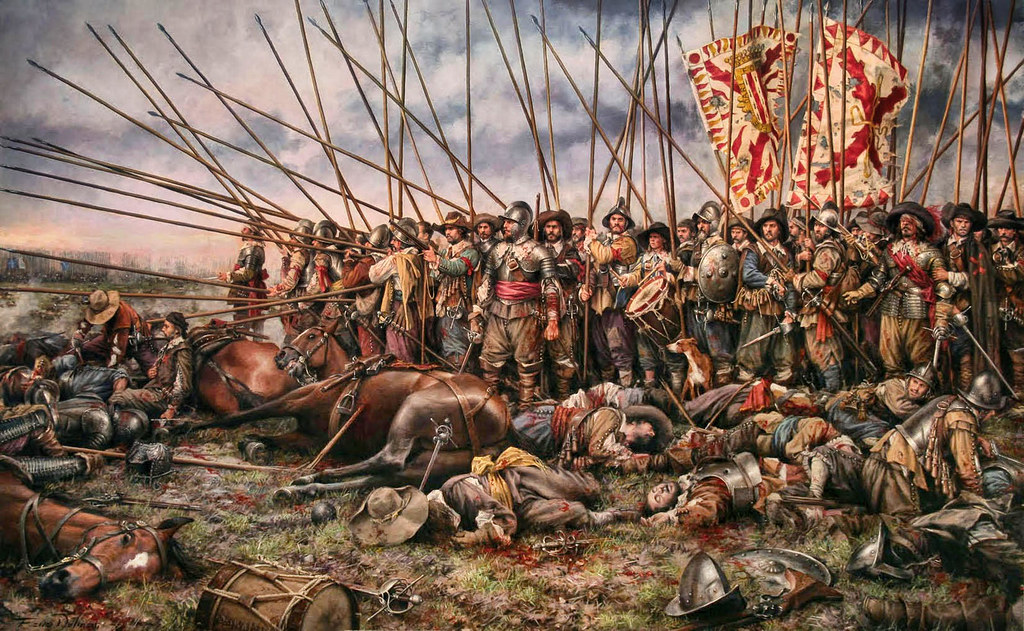


Devastating entire regions, the war spread famine and disease, imposed severe hardships on the inhabitants of occupied territories, and bankrupted most of the combatant powers.

Despite several renovations and later additions, mostly between 1862 and 1893, Wernigerode Castle retains its original medieval gothic tower and spiral stone staircase.


Renowned Vienna architect Friedrich von Schmidt built the chapel inside of Wernigerode Castle in 1880.

Wernigerode Castle’s rooms feature ornate chandeliers, wood carvings, and tapestries.

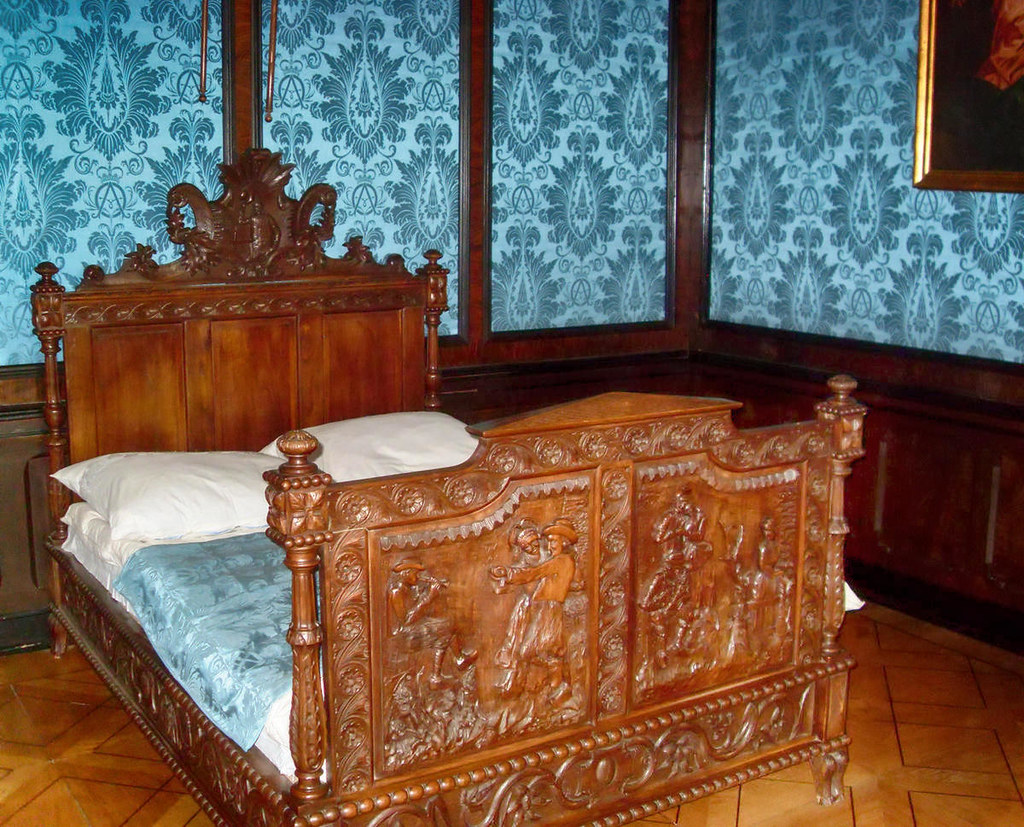

Adorning the marketplace are colorful medieval buildings, including the town hall with timber face dating from 1498.



Please beware of the dragon—he may be only a puppy, but he can get a bit playful at times.

Oh, and don’t mind the wild boar, his squeal is worse than his bite.


Linking the little towns and villages in the Harz mountains is a steam railway.
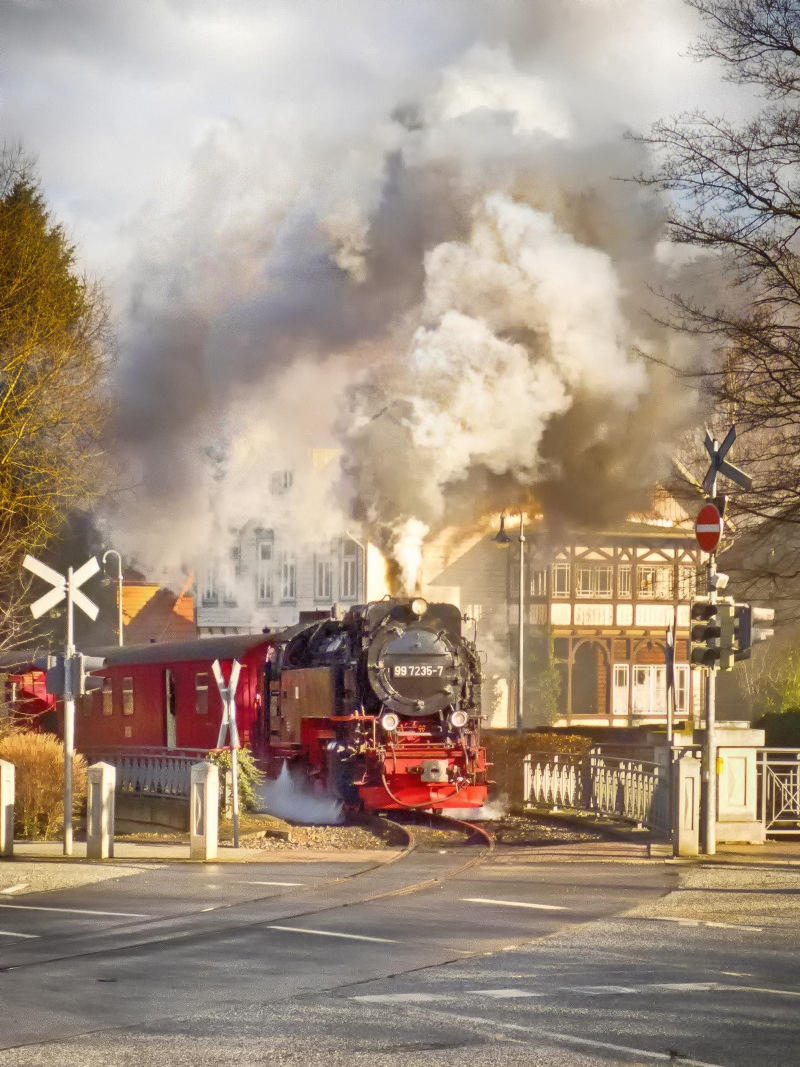
Dense forests of oak, beech, and spruce with deep gorges and sheer cliffs characterize the dramatic landscape of the Harz Mountains.

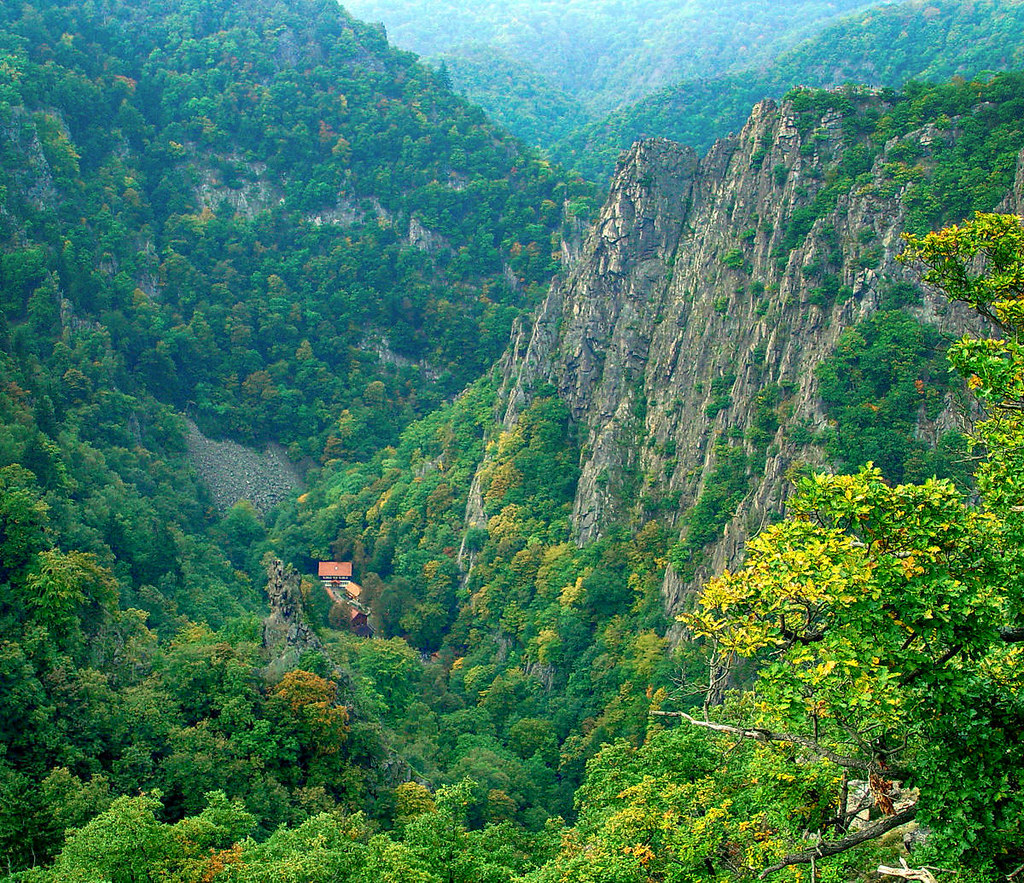
Whatever the season, Wernigerode Castle is sure to surprise and delight history buffs and fantasy fans alike.
